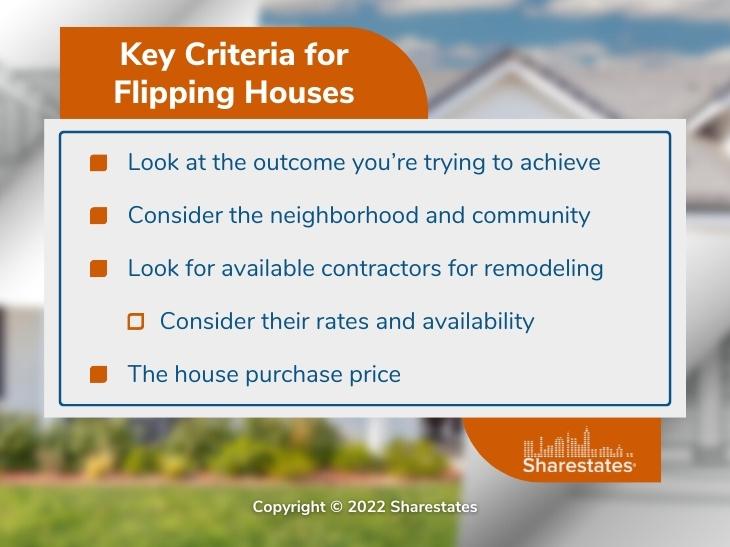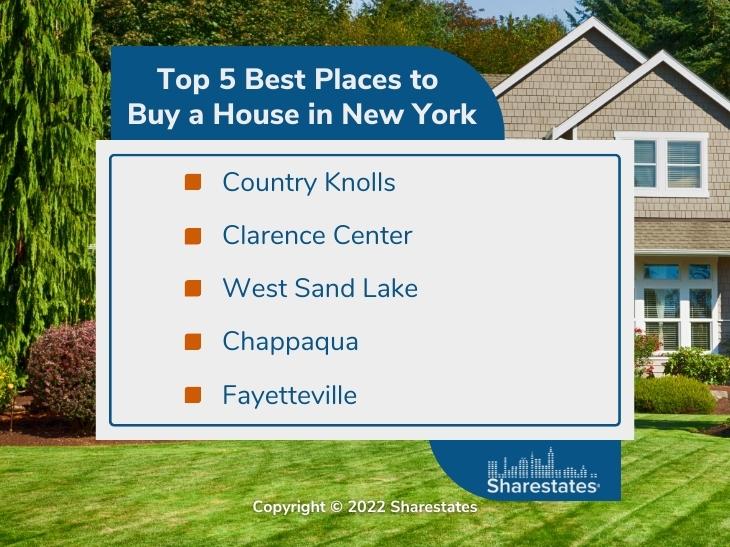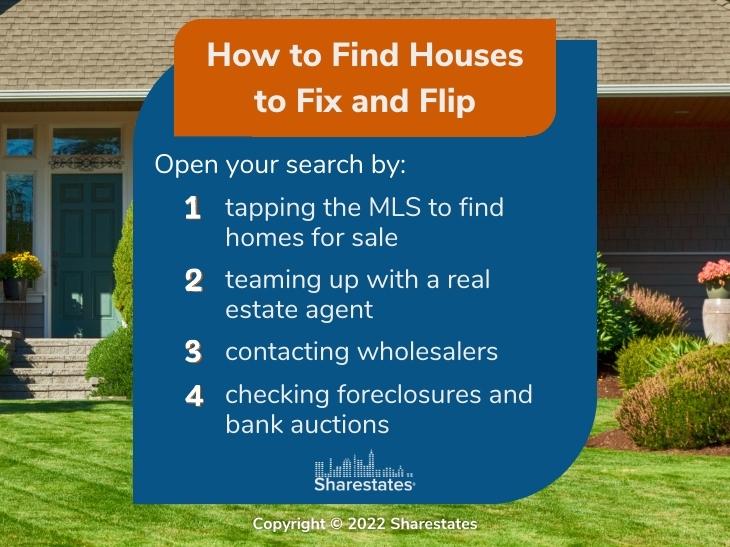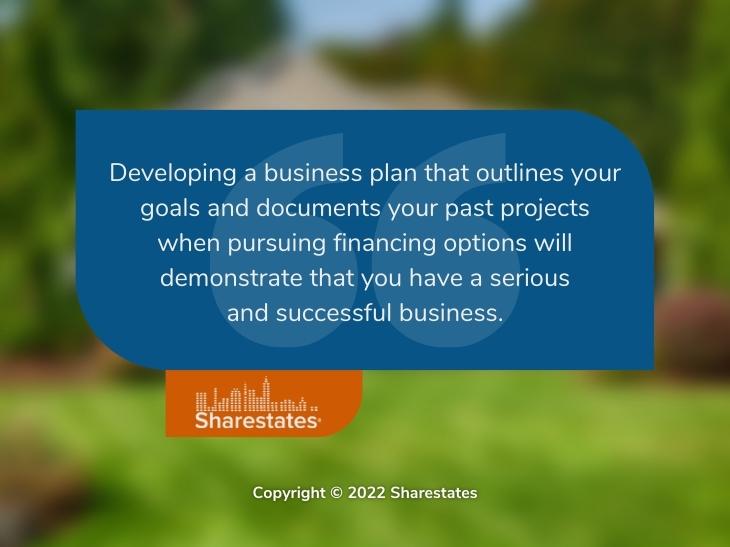According to the latest home flipping report from ATTOM, the property database company, the home flipping rate in the first quarter of 2022 was at the highest level since 2000, representing 9.6% of all home sales. That represented nearly a 7% increase from the previous quarter and almost 5% from the first quarter of 2021.
So, house flipping is growing, and it’s profitable, with a typical gross profit of $67,000 in the first quarter, up 5.5% from the previous quarter. This article addresses how to get started flipping houses in New York.
What are the Key Criteria for Flipping Houses?
In any business plan, including real estate investment, it’s best to first look at the outcome you’re trying to achieve. In the case of flipping houses in New York, success comes from selling that refurbished house. Selling the home requires not only buyers but also real estate agents and mortgage lenders. Look for these services to support your selling efforts at the end of the project.

Moving back one more step, you must consider the neighborhood and community. Look for school quality, crime statistics, parks, recreation, restaurants, medical services, and hospitals. Another criterion is nearby job opportunities. If the neighborhood is declining, you will have trouble selling the house.
Backing up still further, unless you’re doing all the work yourself, you’ll need to include available contractors, their rates, and their availability to work on your projects. This is a critical factor that directly affects the cost of remodeling and the time required. And time, of course, also means money as your loan interest doesn’t stop because you encounter a delay.
And finally, there’s the house purchase price. You’ll want to buy the house at a value that generates profit after the remodeling. The rule of thumb is that you should pay only 70% of the after-repair value. The remaining 30% must cover your remodeling, financing expenses, and investment return. See our article ARV in Real Estate Defined and How to Calculate It to learn more.
Real Estate Investing: It’s All About Location
New York is an excellent state for fixing and flipping. Zillow reports that the middle price tier of homes has increased in value by 13.9% from May 2021 to June 2022, with a typical home value of $405,105. That’s a hefty increase that can only boost your flip selling price.
However, as pointed out above, you’ll need to investigate further the quality of living in a community or specific neighborhood. One ranking of best places to buy a house in New York, considering public schools, safety, and housing, lists Country Knolls, Clarence Center, West Sand Lake, Chappaqua, and Fayetteville as the Top 5. Several online sources can help you evaluate a potential purchase.
How to Find Houses to Fix and Flip
As we’ve outlined above, the first step in finding a house to fix and flip is to find the neighborhoods that will result in eager buyers for your renovated house. Within those neighborhoods, you can open your search by tapping the Multiple Listing Service (MLS) to find homes presently for sale. It might also be worthwhile to team up with a real estate agent who can provide this access and insight on other possible properties, including the neighborhoods and local buying interest.
Another contact point is wholesalers who have access to property databases. Plus, they have an extensive network of local real estate contacts that can prove very helpful. Foreclosures and bank auctions can provide valuable purchase opportunities where the properties are available and priced to sell quickly.
Another option is direct mail to current homeowners to find any interest in selling. This approach finds houses before the owners consider their selling options with more traditional real estate agents.
Finding Financing for Your Fix and Flip Projects
Real estate loans for fix and flip projects are generally financed by private loans designed to match investors with real estate projects. Banks are another option. But they generally stay away from properties in poor condition and risk in the repair process.
With private loans, you can generally expect lower down payments, a more straightforward qualification process, and flexible repayment terms. But you can also expect higher interest rates and shorter terms. These loans are generally called hard money loans and include short-term bridge loans and rehab loans.
Bridge loans are short-term financing, usually from six to 12 months and often 18 or 24 months. They are used to bridge one form of financing to another over the short term. That includes securing funding for the time needed to fix and then flip a real estate investment property.
There is also a hard money bridge loan. This is a short-term loan with real estate used as collateral. This approach allows those with lower credit ratings to obtain the financing they need for a fix and flip project.
For further insight, see our article Bridge Loans for Rehabbers and Fix and Flips in New York.
Building a Fix and Flip Business Plan
We started this discussion by suggesting that you follow the pattern of any business plan in examining the desired outcome of your real estate investment closely. With that in mind, developing a business plan that outlines your goals and documents your past projects when pursuing financing options is wise. This will demonstrate that you have a serious and successful business. As with any loan, you’ll also be asked about the down payment, closing costs, credit score, cash flow, and collateral. Start pulling all this together as you get ready to launch your New York fix and flip project.
To learn more about getting funding for your fix and flip business in New York through Sharestates, click here.





